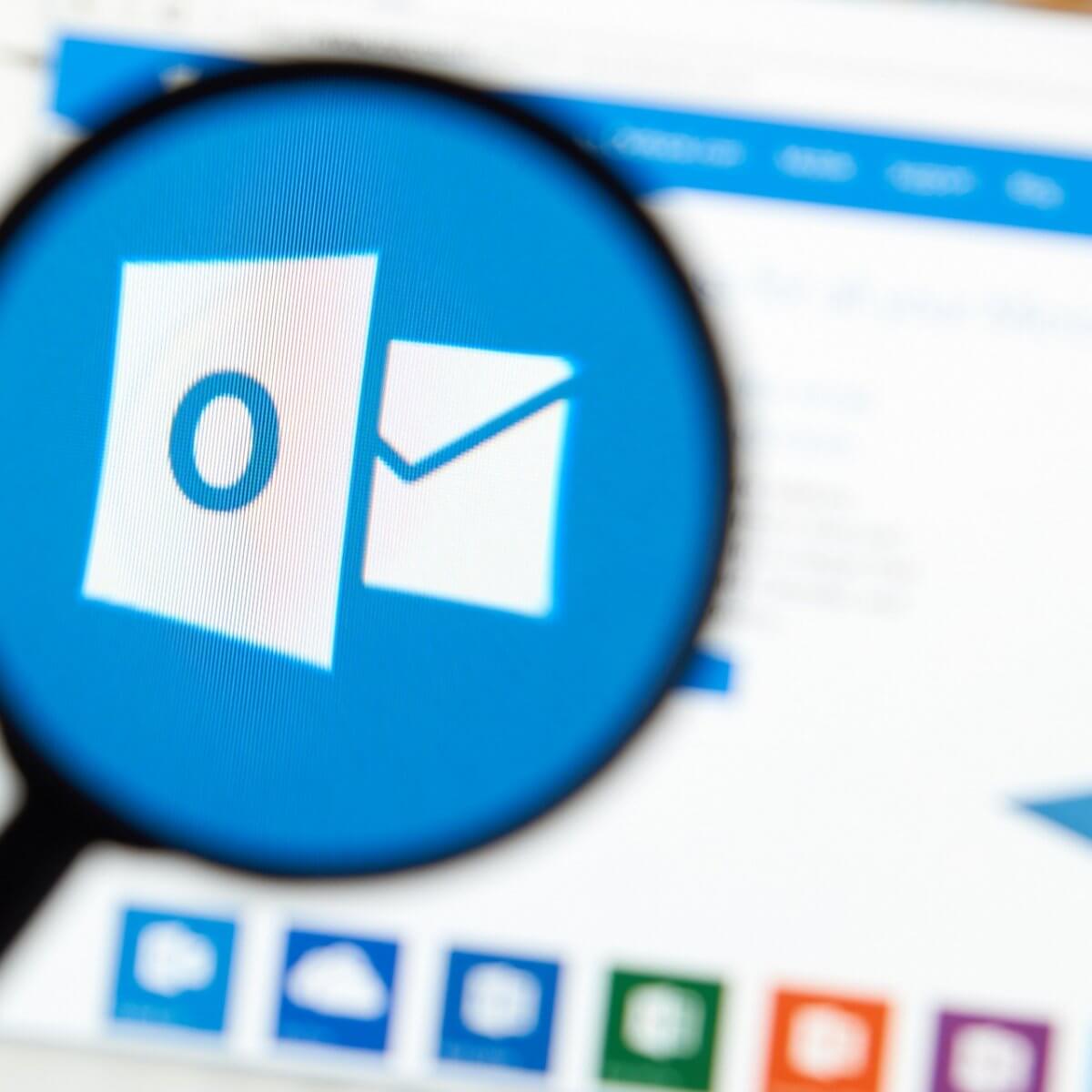

Hold WINDOWS key and press R - the "Run" box appears. However, some email readers will not let you proceed if the security certificates do not match.Hello are the directions to configure Outlook 2013 (Windows) for use with Rogers e-mail:ġ. In these cases, your incoming email will remain secure. Some email readers will allow you to ignore this warning. If you use this SSL option in conjunction with a domain name, your email reader may warn you that the domain names do not match. Please also note that our mail servers use an SSL certificate. The specifics of how to install a certificate will vary from program to program - please consult the help files of your program for details. Our SSL certificate vendor has changed to a new "root" certificate, which is recognized by most, but not all, email programs. If your email program begins returning errors and indicates that the server certificate is not recognized, please download the root certificate below and install it in your email program. Please note that we replaced the secure certificate used to provide POPS, IMAPS, and SMTPS email services (sending and receiving email over SSL). These are the standard ports for these services, and you should not need to manually set them. For additional security, you would need to encrypt the email message itself. The port for POPS is 995, the port for the IMAPS is 993, and the ports for encrypted authenticated SMTPAUTH are 465 and 587. Once it reaches the mail server, it will be in plain text. POPS/IMAPS only secures the connection between your email reader and the mail server. Using encryption is an important way to prevent your password from being stolen. Pair Networks provides support for SSL/TLS and STARTTLS encryption for all IMAP, POP, and authenticated SMTP connections. If the account has been added successfully, it will appear in the Manage your connected accounts section. For help finding your email server, see our How to Find Email Incoming and Outgoing Servers article

For more information see our IMAP or POP: Which One Should You Use? article Choose a connection type: choose between IMAP, POP, or SMTP-only connections.Some will have been pre-populated from the previous page:

On the next page, enter the information.Check Manually configure account settings (POP, IMAP, or send-only account).

Password: password for the email address.Display Name: name of that will be displayed with the email.Under the Connected accounts section, click Other email accounts.In the right sidebar, make sure Mail is selected.At the bottom of the drop-down, click View All Outlook Settings.Click the cog icon at the top right of the screen.If you need help finding your username and other configuration settings, see our article: Setting up an Email Reader. Finding Information About Your Account Settings


 0 kommentar(er)
0 kommentar(er)
